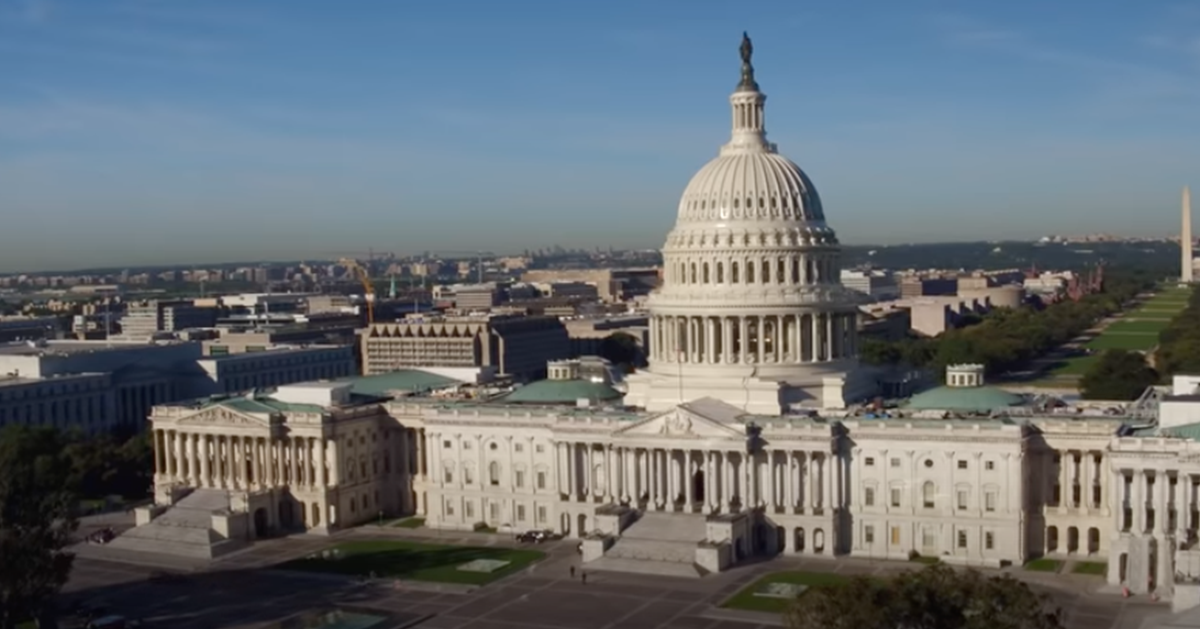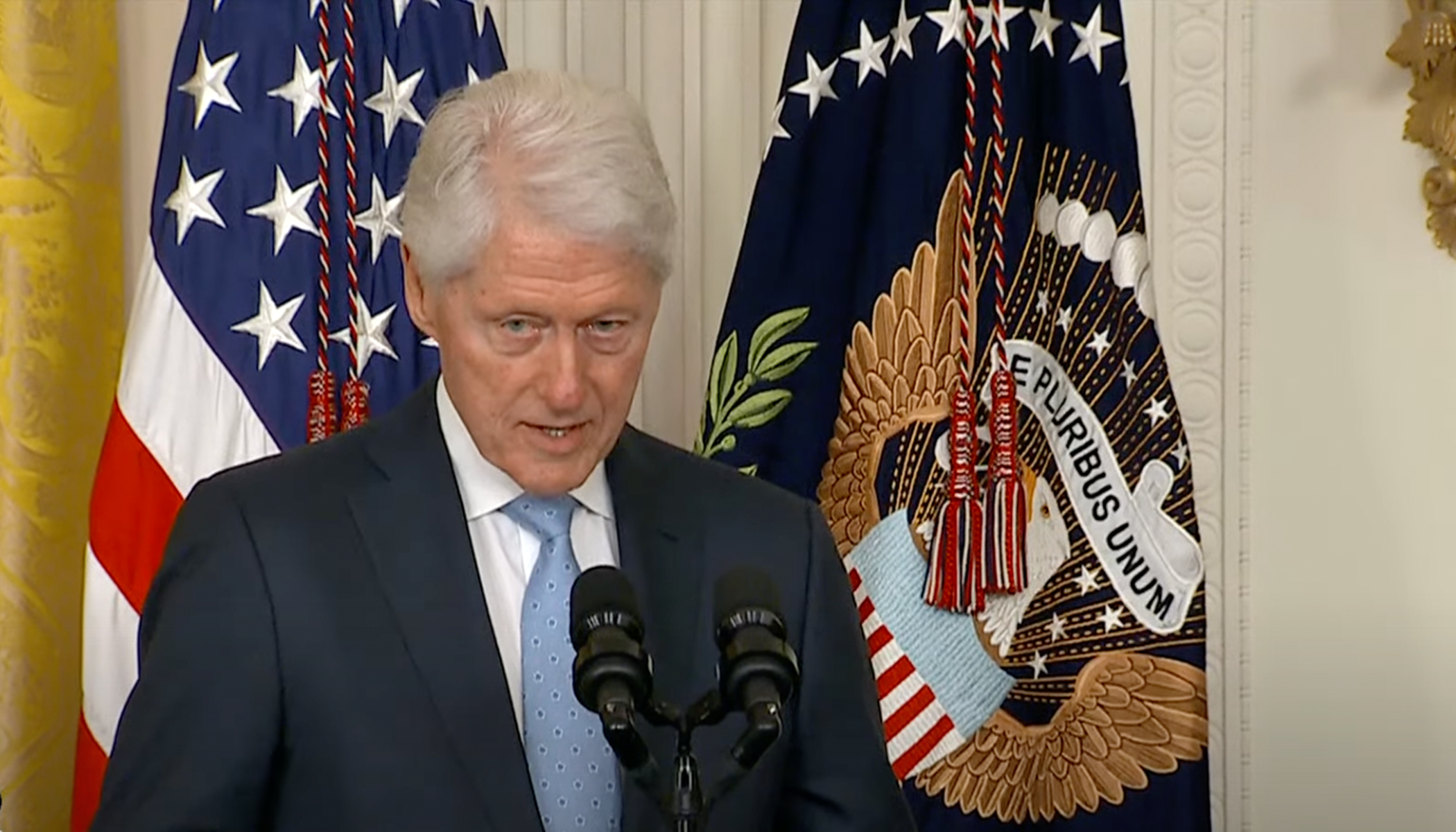High Number of Invalidated Ballots Raises Concerns in Nevada
Nevada's recent election results have garnered attention following the rejection of an unprecedented number of mail-in ballots due to unresolved signature issues.
Over 9,000 votes were discarded as the deadline to fix problematic ballots, known as curing, passed, raising questions about the impact on the tightly contested races, as the Washington Examiner reports.
This development followed a missed deadline on Nov. 12, a week after Election Day, for voters to correct signature discrepancies on their ballots.
Such issues became a focal point due to their potential impact on the election's outcome, particularly in close races.
Signature Issues Predominantly Affected Key Voter Groups
Election officials managed to resolve over 23,000 ballot discrepancies during this election cycle. However, a significant portion of unresolved ballots originated from Nevada's largest and most populous jurisdiction, Clark County. These ballots are largely attributed to younger voters who failed to sign their ballots and registered nonpartisan voters, often referred to as independents.
The situation drew additional scrutiny when a postelection analysis indicated that independent and younger voters were disproportionately affected by these issues.
Exit polls suggested that a majority of these voters leaned towards the Republican Party, highlighting the potential electoral ramifications. Their exclusion from the final count may have tipped the scale in highly competitive contests, such as the Senate race.
Analysis Highlights Potential Electoral Ramifications
In the race for the U.S. Senate seat, Democrat incumbent Jacky Rosen secured victory over Republican hopeful Sam Brown by about 23,000 votes.
The discarded ballots, coincidentally, were nearly equal to this margin. The revelation has fueled discussions about how curing methods might influence overall election results, especially in instances where voter trends show a strong partisan tilt.
As the election drew to a close, the discovery of more than 1,600 uncounted ballots in Clark County added another layer of complexity. Found nine days after Election Day, these ballots were subsequently counted. Despite the addition, they did not alter the election's final outcomes yet underscored the chaotic management situations experienced during the election process.
Nevada's Secretary of State Responds to Issues
Speaking on the matter, Nevada Secretary of State Francisco Aguilar expressed his disappointment over the thousands of voices left unheard due to signature verification failures.
Emphasizing the importance of accountability, Aguilar pledged "appropriate accountability measures" to avert these kinds of discrepancies from reoccurring in the state's elections. The importance of accurate counting and processing ballot errors remains at the forefront of electoral integrity discussions.
Aguilar plans to seek legislative improvements in the ballot curing system to better accommodate voters. His statement hinted at future proposals aimed at refining the mechanisms that ensure all eligible votes are counted, reassuring the public of continuous efforts to safeguard democracy's integrity.
VREMS Debuts Amid Electoral Anxieties
In light of these issues, Nevada's implementation of the Voter Registration and Election Management Solution (VREMS) during the 2024 elections is noteworthy. This statewide system, costing $30 million and designed to centralize voter registration and election data management, was intended to streamline electoral processes. The introduction of VREMS was seen as a step forward in modernizing Nevada's voting infrastructure, although its debut faced significant scrutiny as the election unfolded.
The significance of these events rests in their capacity to influence voter confidence as Nevada's leaders reckon with the operational challenges unveiled during this election cycle. As discussions about the electoral process continue, stakeholders are warranted to balance technological advances with comprehensive strategies that ensure each eligible ballot is duly counted.
Calls for Reform in Curing Process
Efforts to address these issues are a priority for Nevada's electoral authorities. As officials review the curing process's shortcomings, proposals to advance its accessibility and efficiency may result in legislative changes. This focus points towards a future that strives to uphold the constitutional right to vote and ensure every citizen's voice is heard.
In the longer term, the dialogue surrounding voter disenfranchisement, especially among younger and independent voters, is expected to persist. The experience from this cycle serves as a catalyst for Nevada and potentially other states grappling with similar challenges, setting the stage for broader electoral reforms.
As Nevada processes the implications of this election, the state remains under the spotlight. The debate over uncounted ballots and their associated failures is a microcosm of wider national conversations about the integrity and inclusiveness of American elections. It remains to be seen how these lessons will shape future electoral practices and policies.





